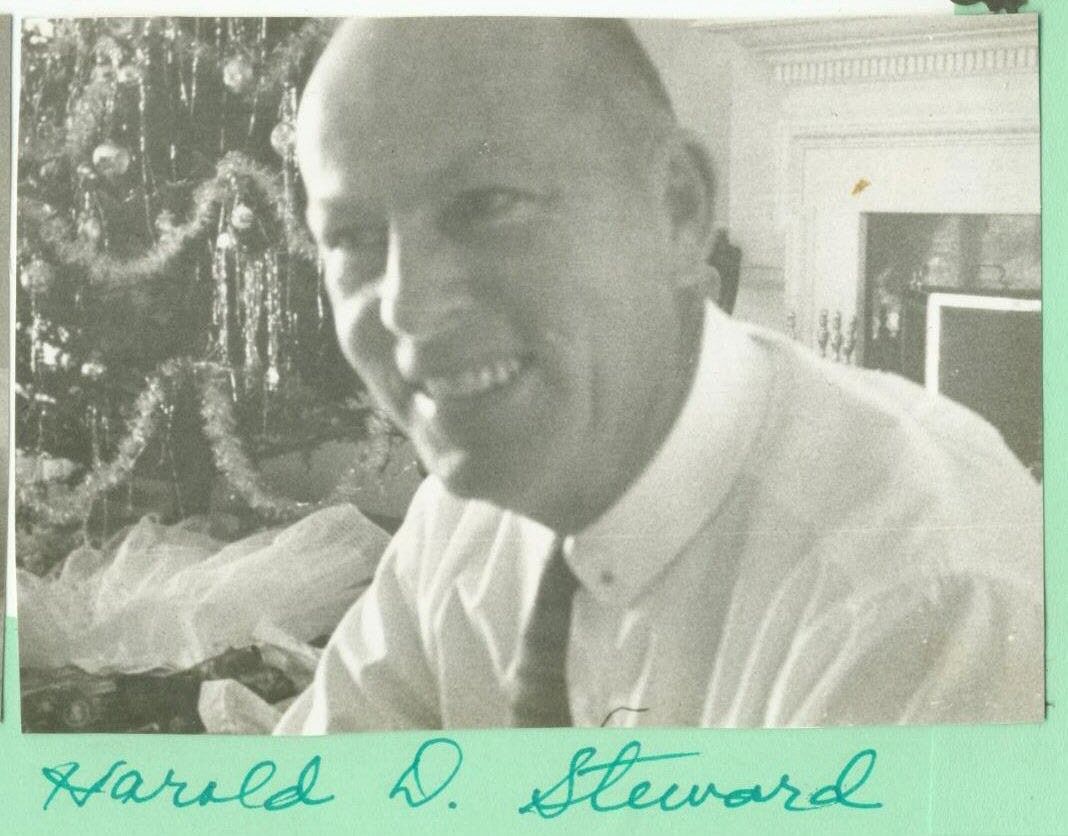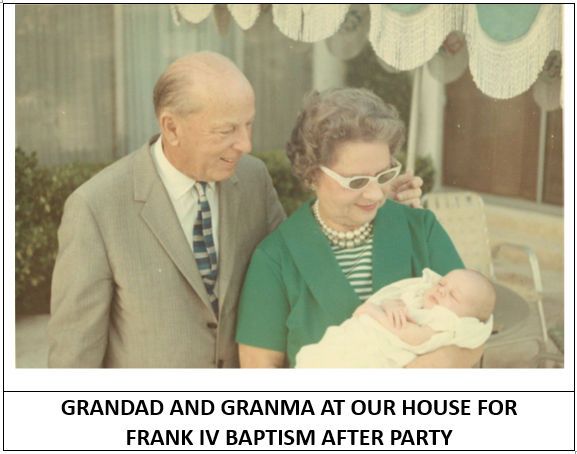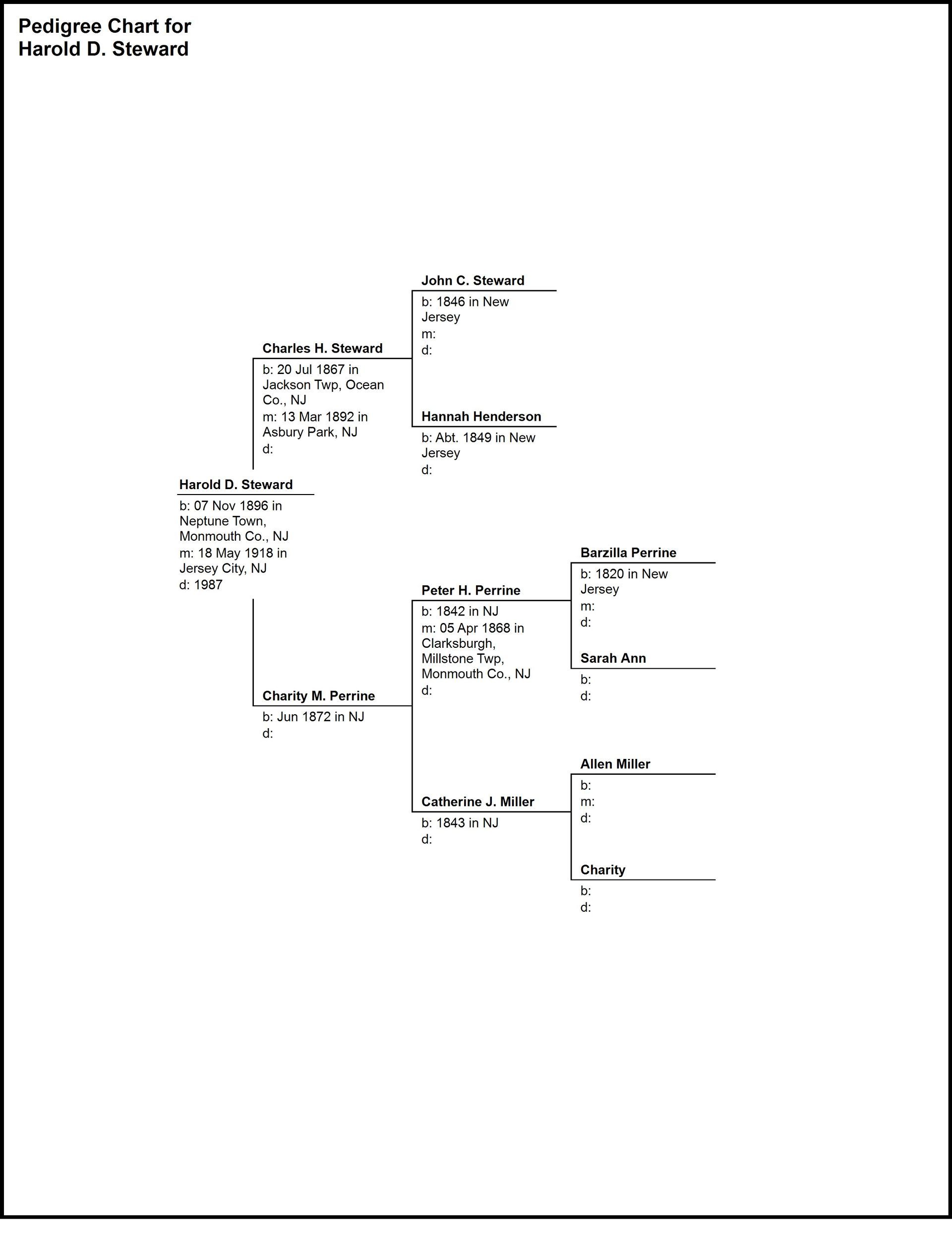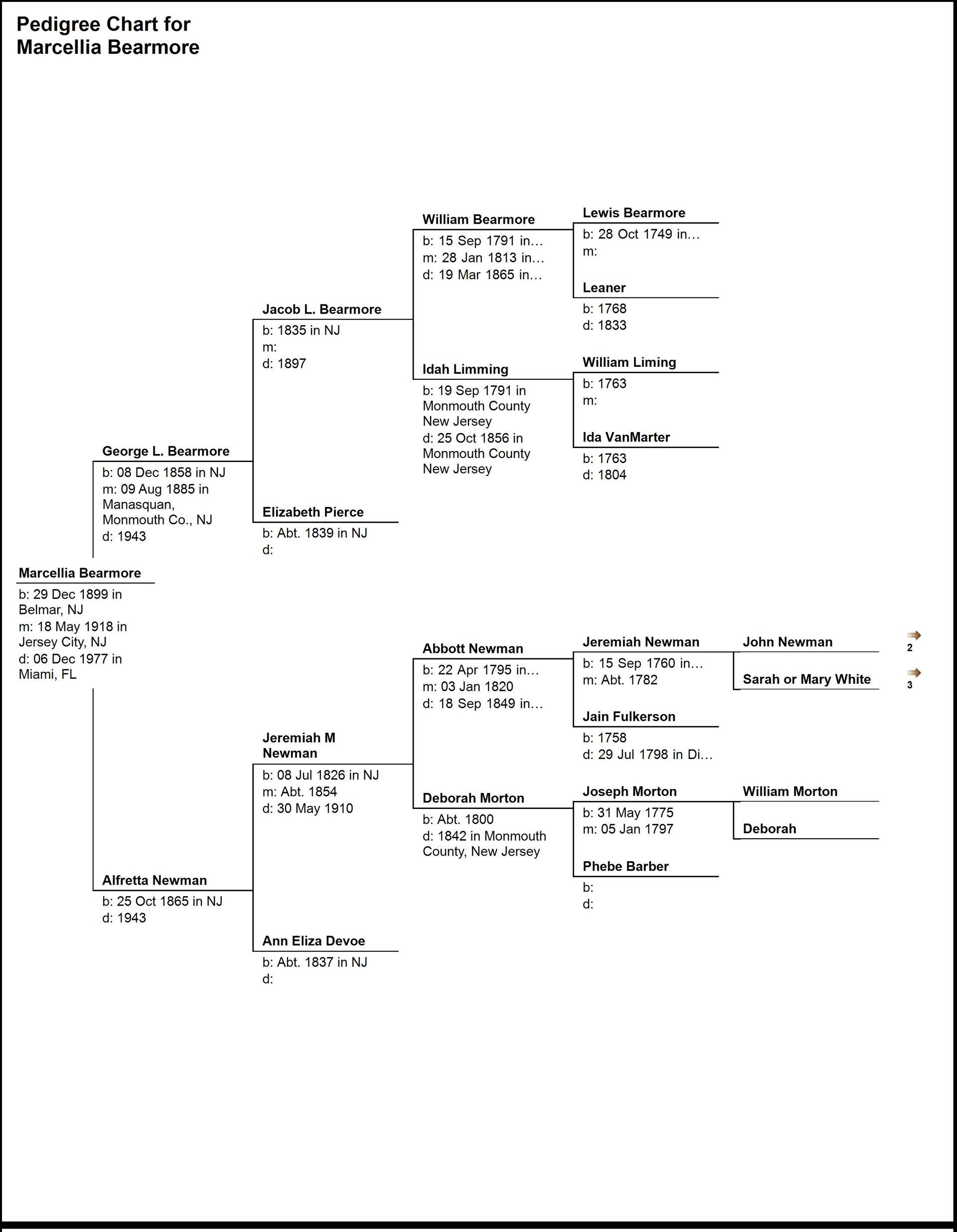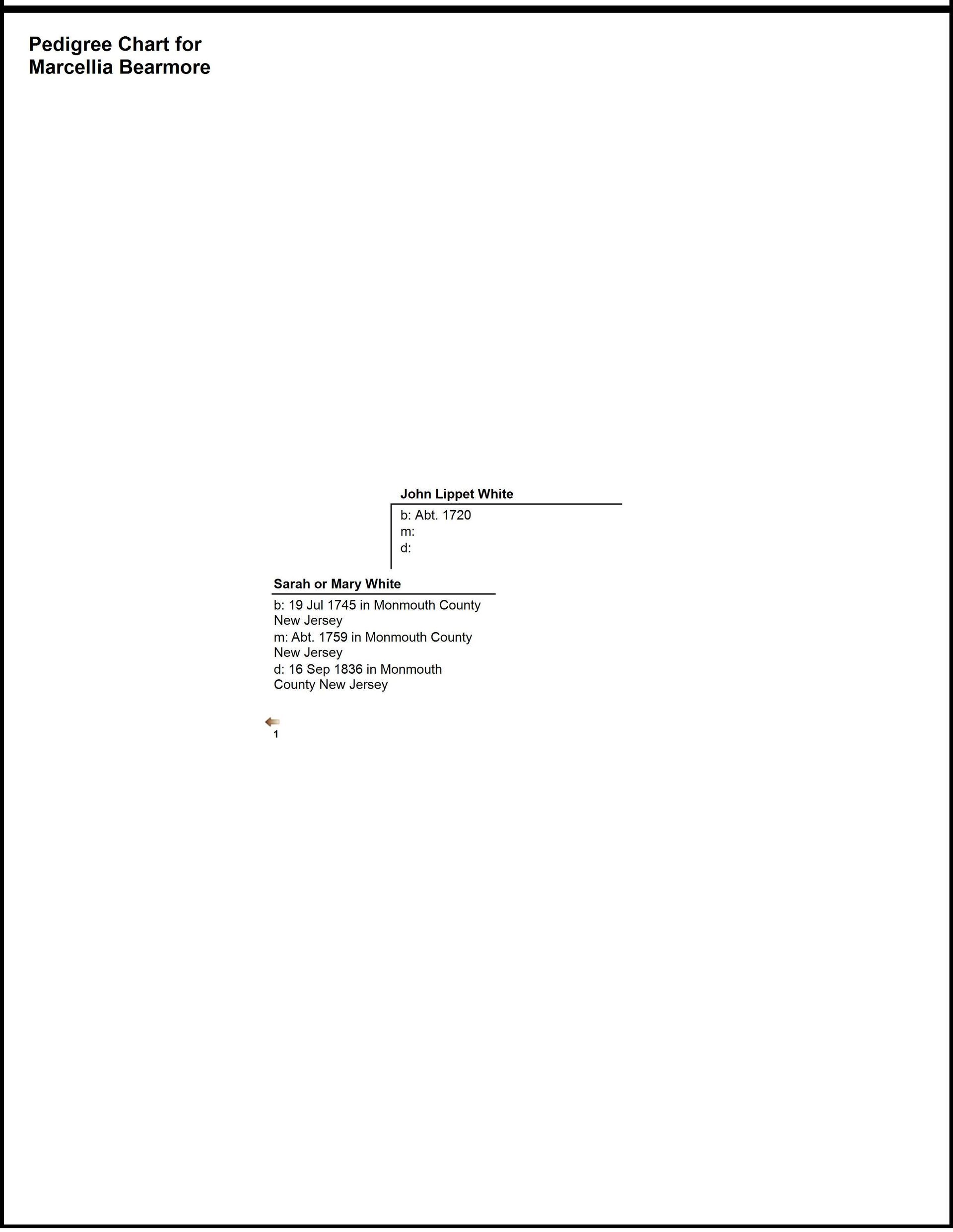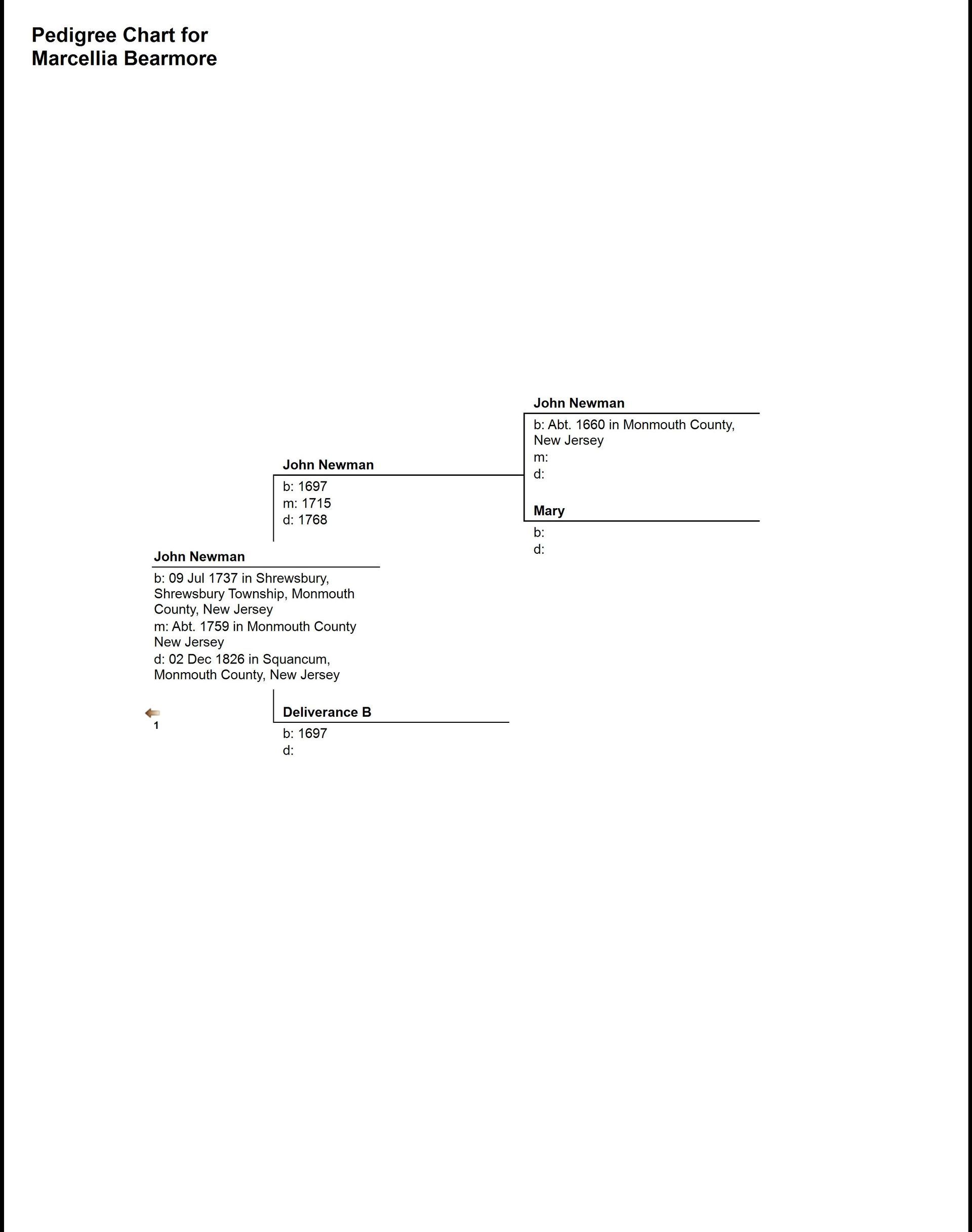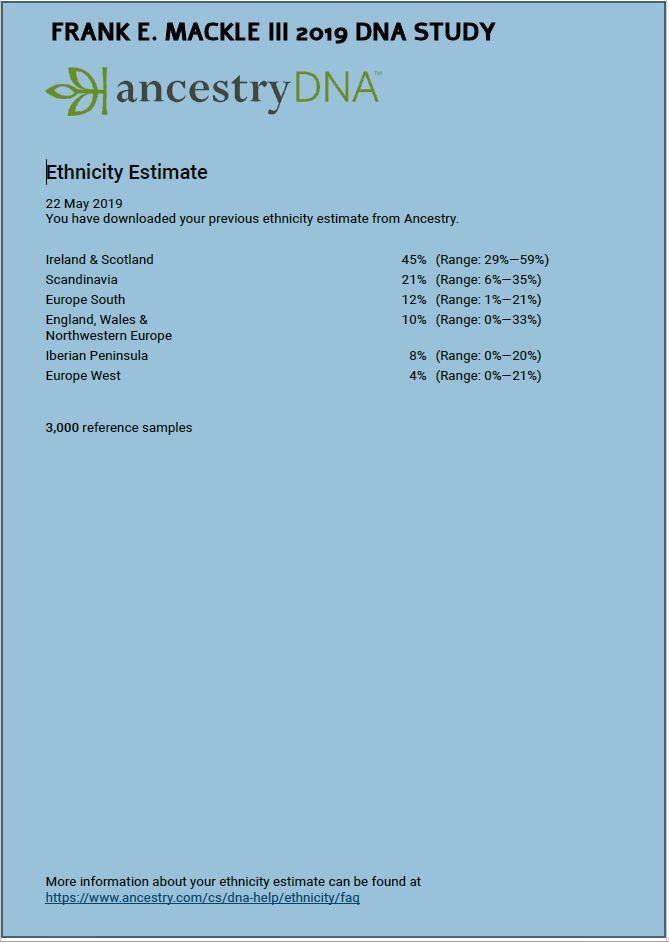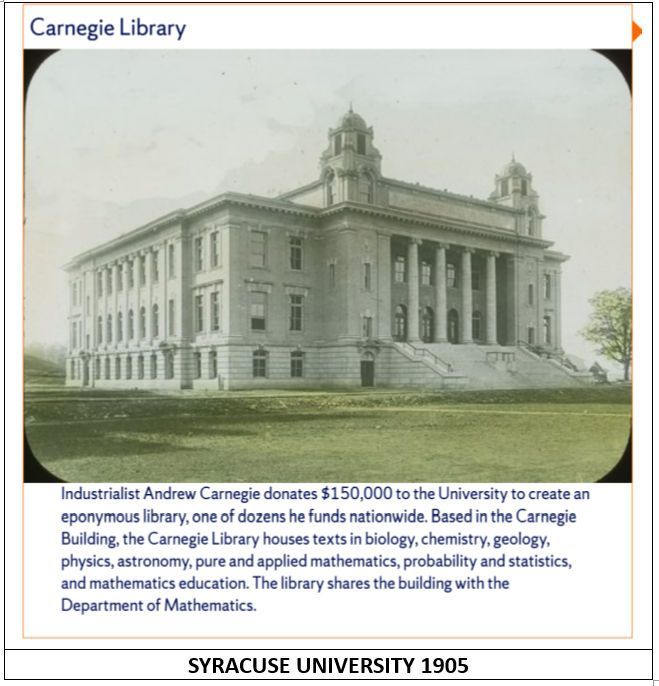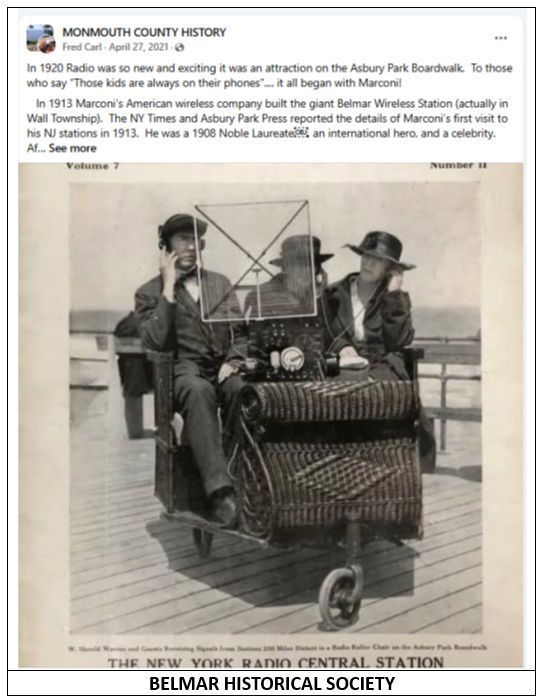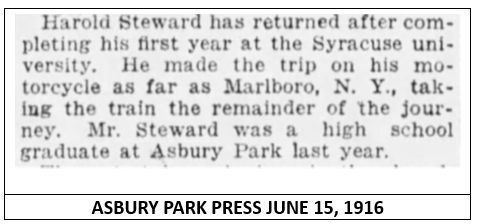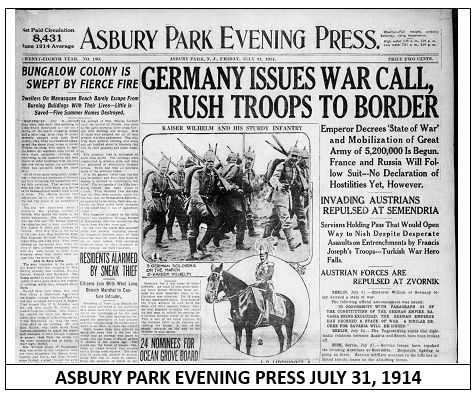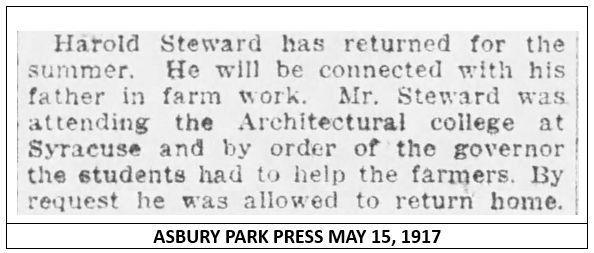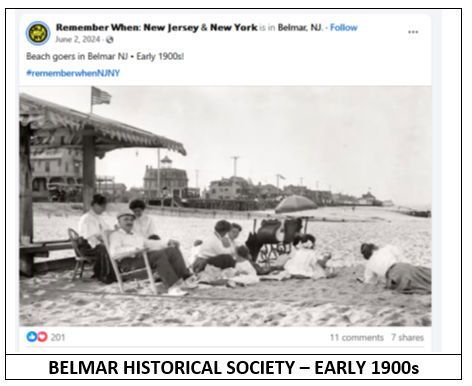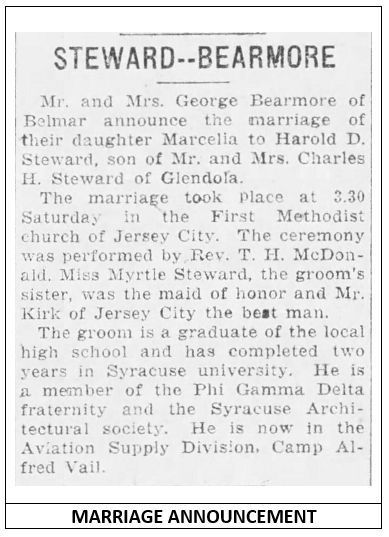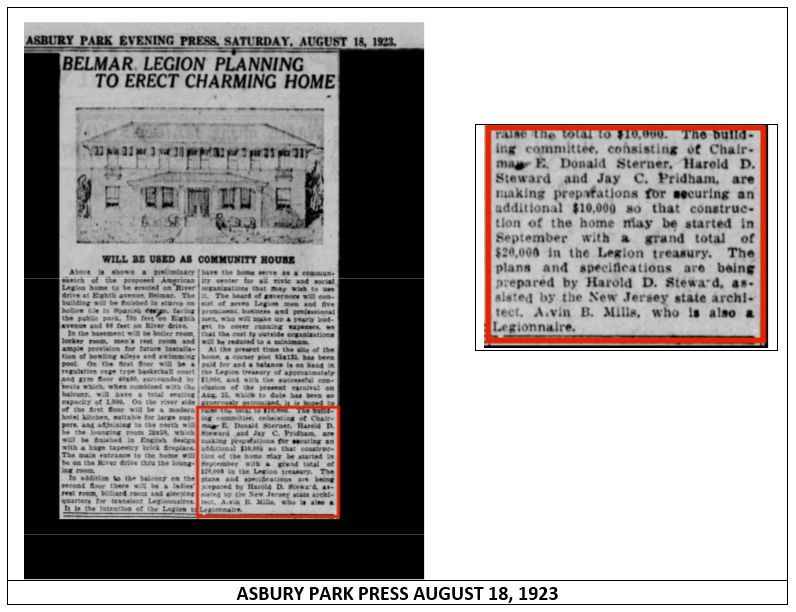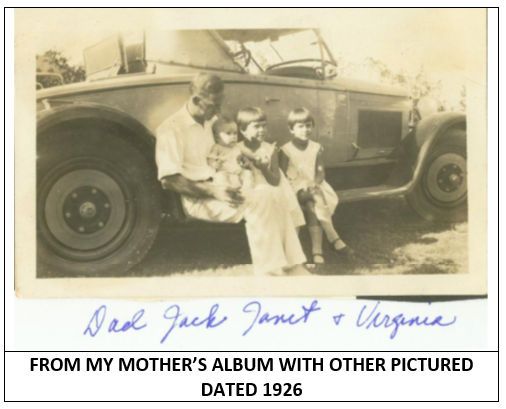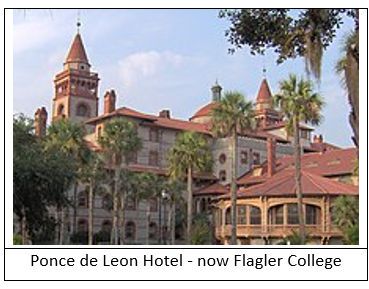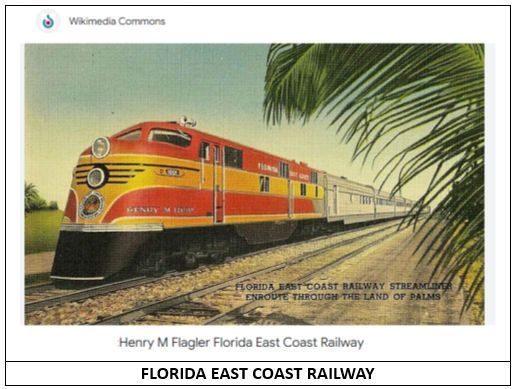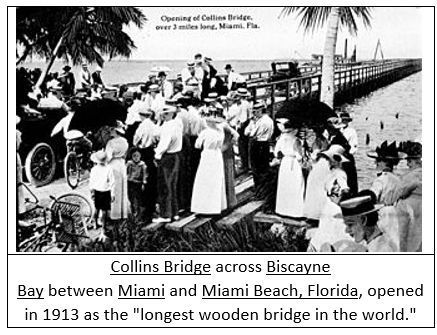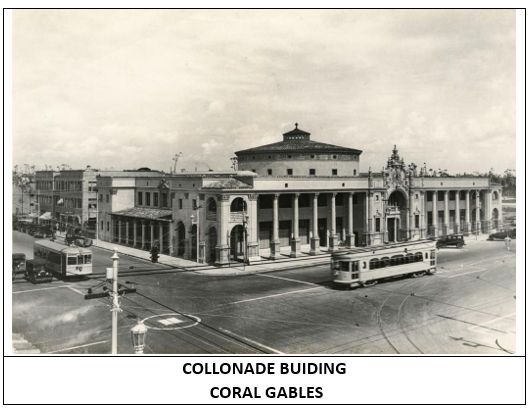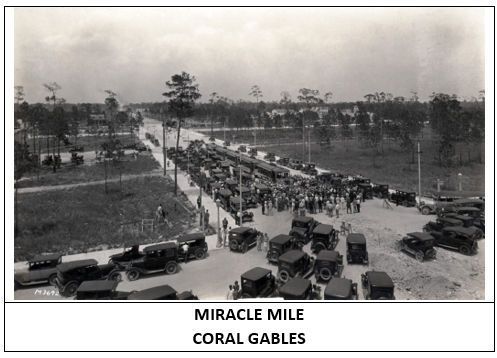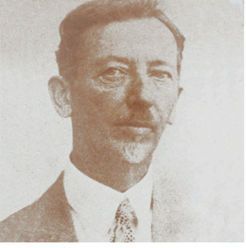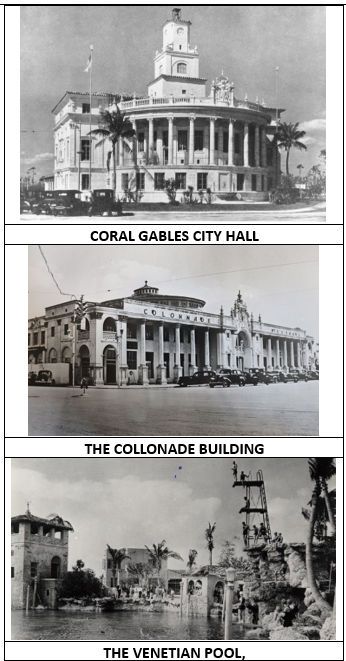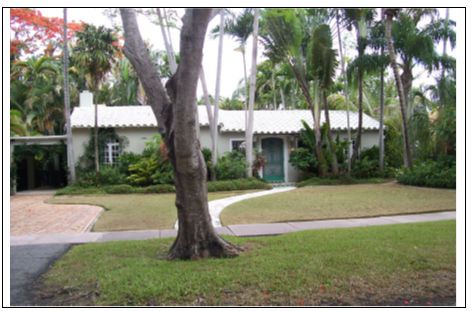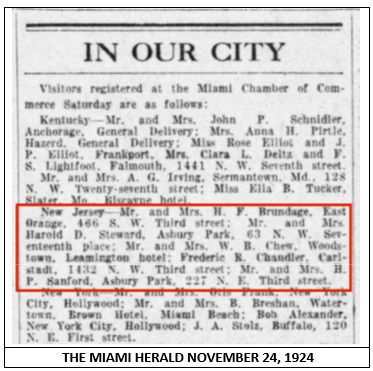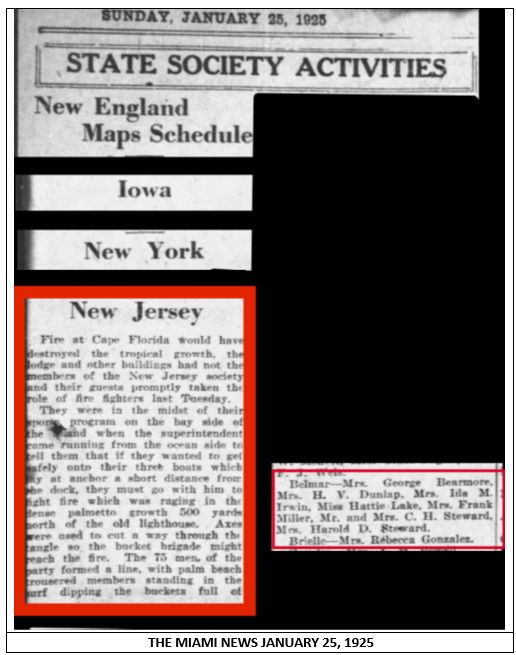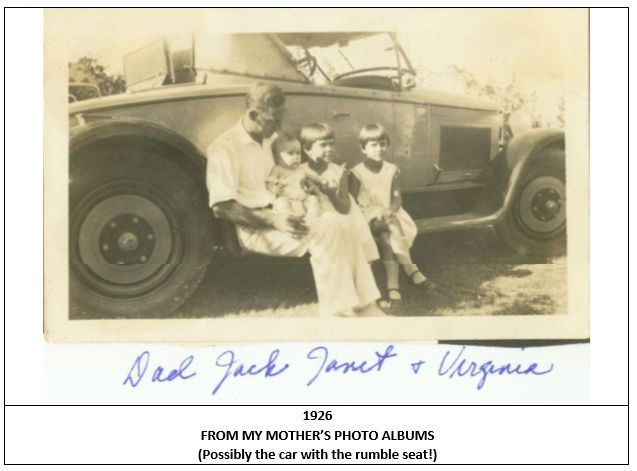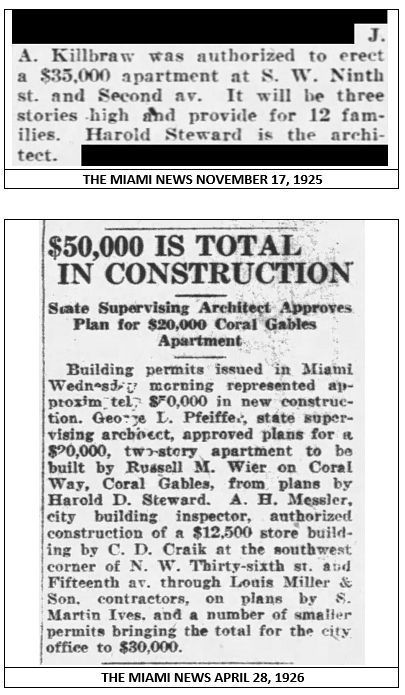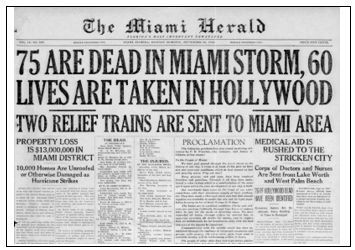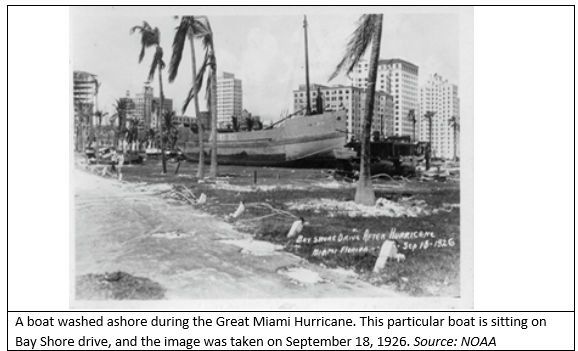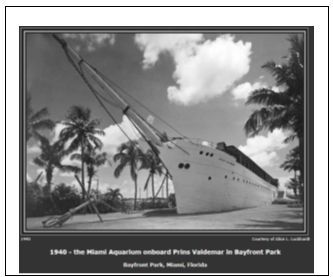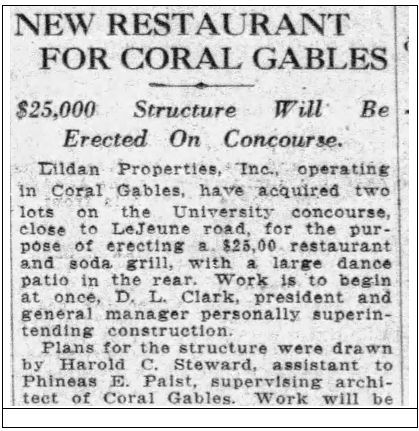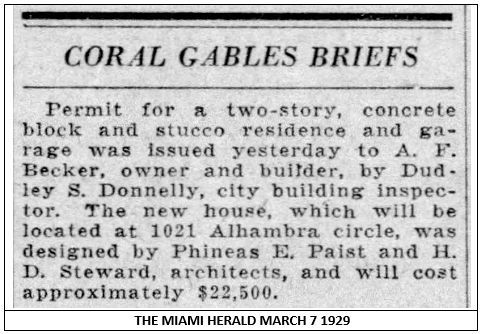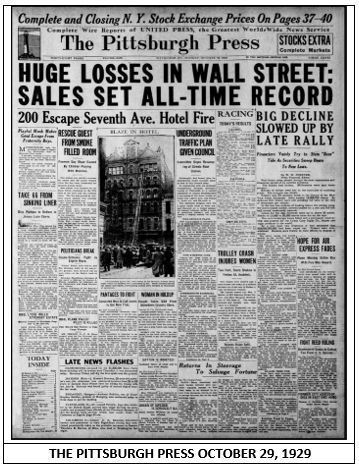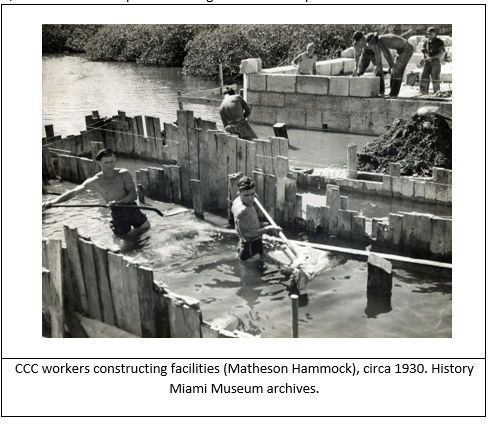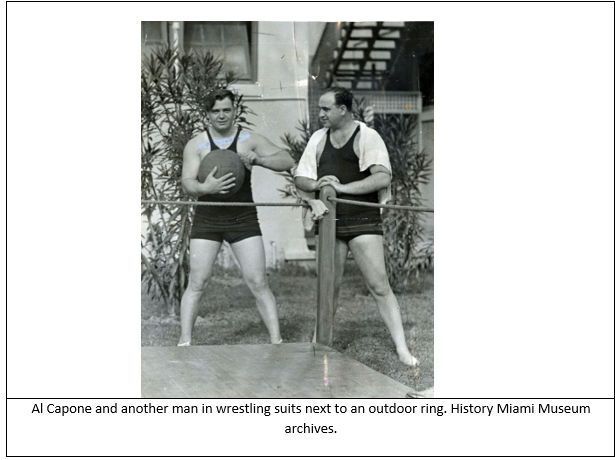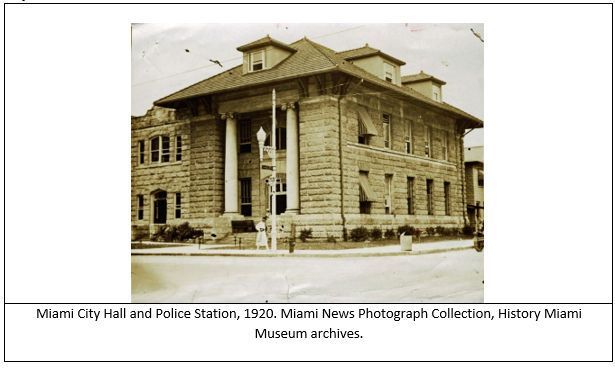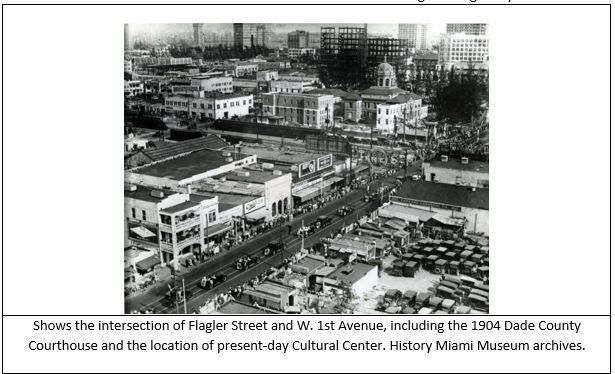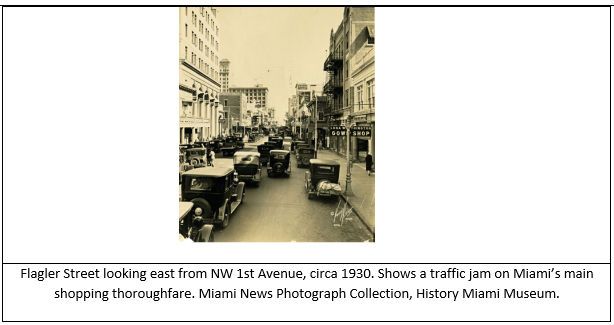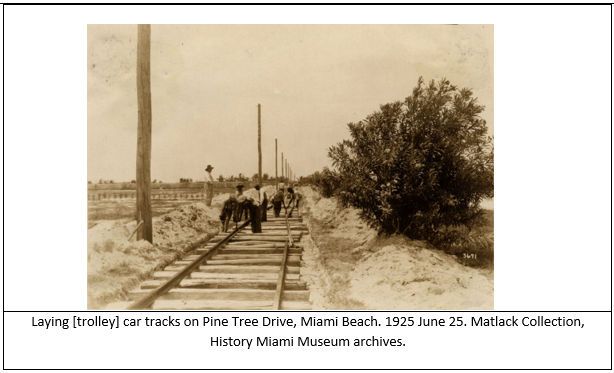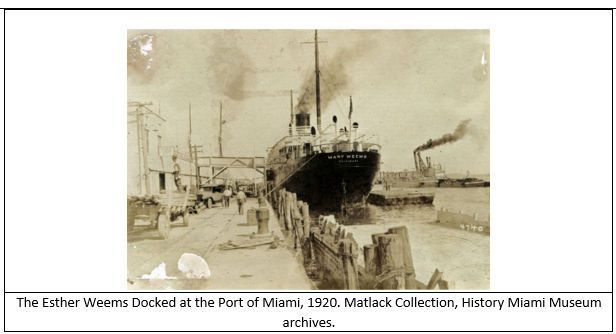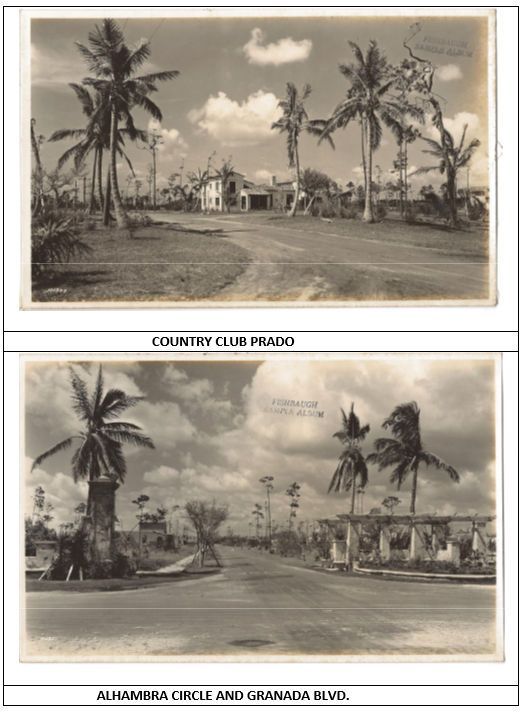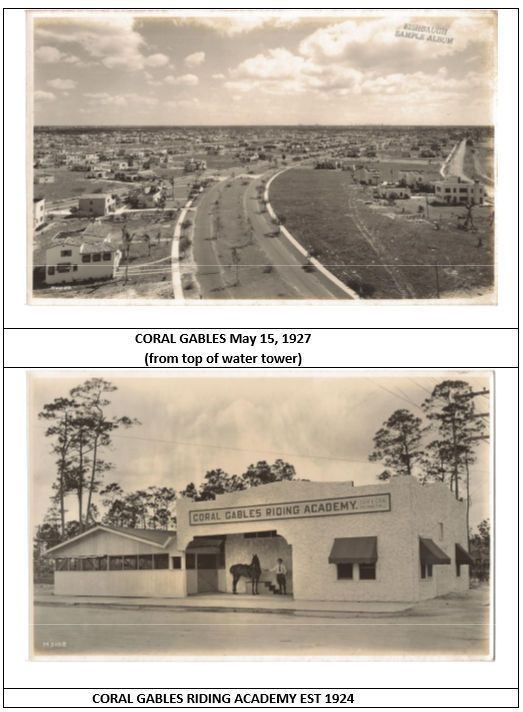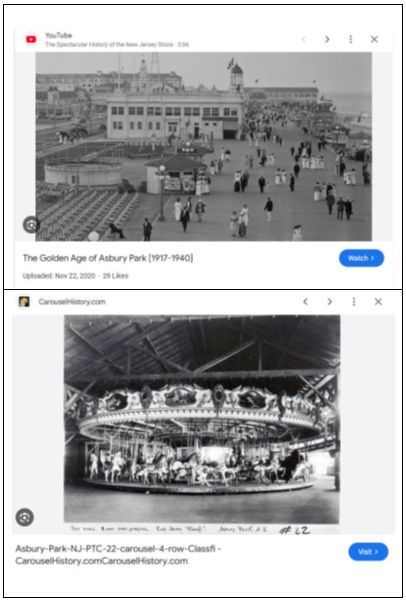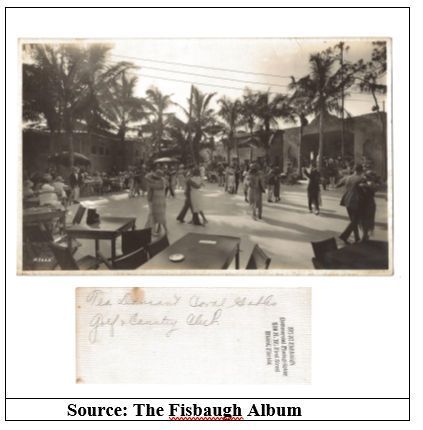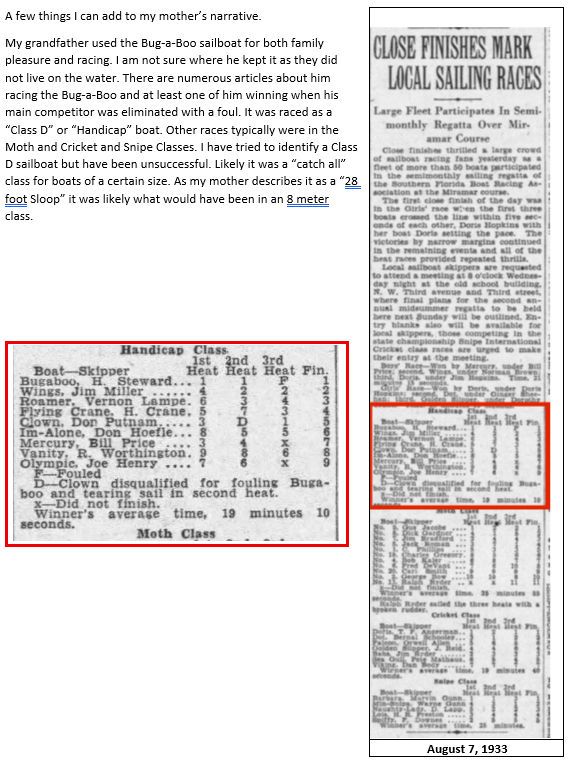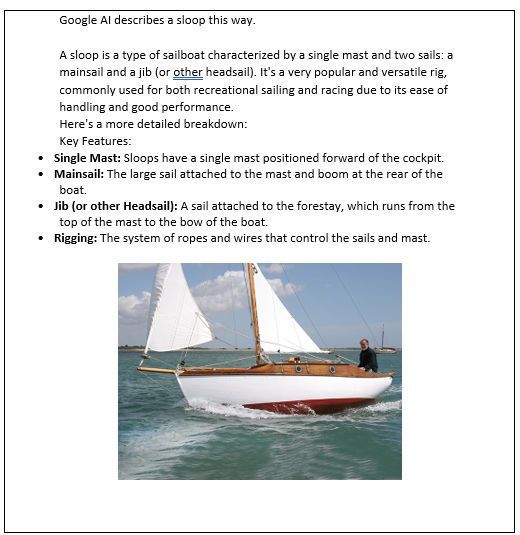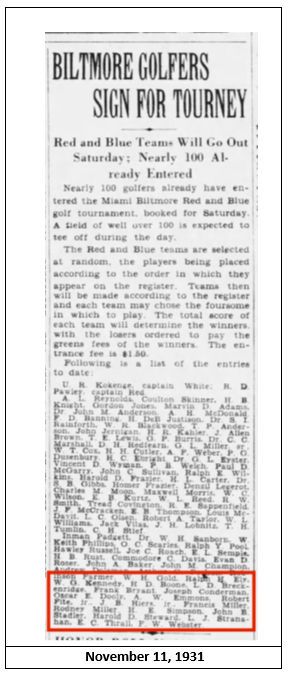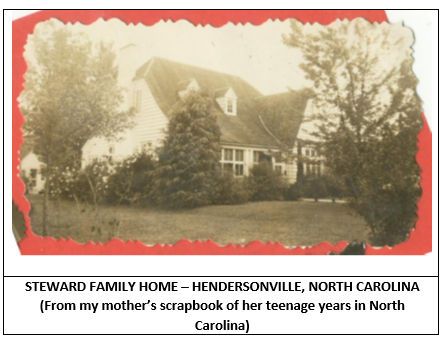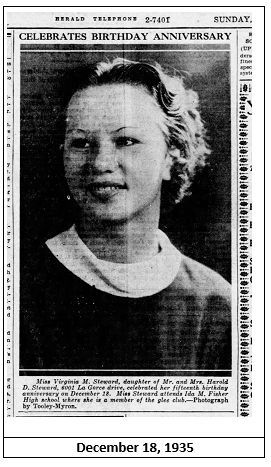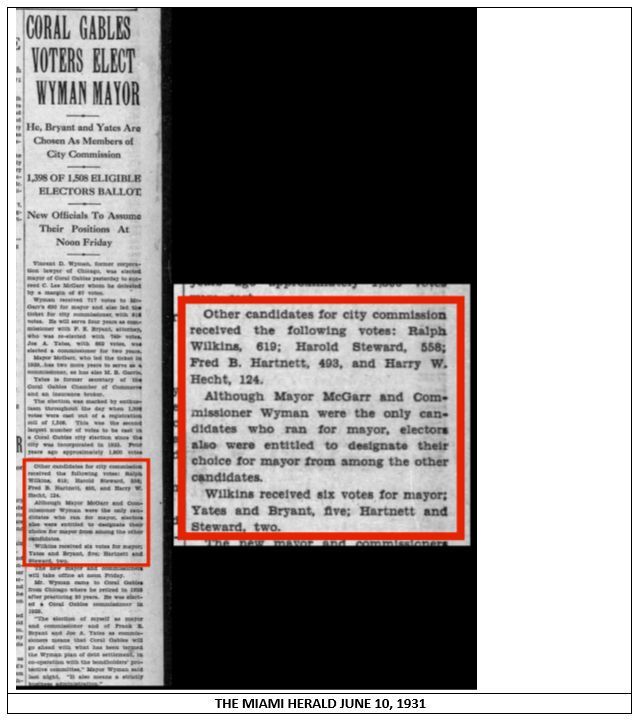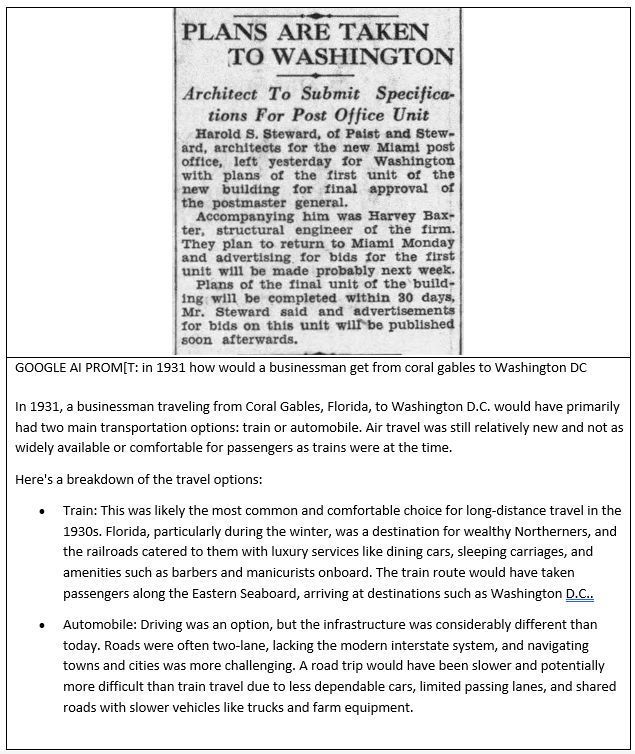INTRODUCTION
As the unofficial family historian, I have written books about my father (The Frank Mackle Jr. Story), my father’s parents (The immigrant and the Bostonian) and - in collaboration with my mother before her passing – her story (My Memories).
In that latter work we included the highlights of her father’s (Harold Steward’s) career. There are also sections in my other two family narratives about my grandfather.
He deserves so much more.
My grandfather was “Grandad” to me, “Hal” to my dad and others. I never knew my father’s father. Grandad was as accomplished in his field as was my father in his. Fortunately, for my research, his work, his business career, was as publicized as was my father’s. But, as I was obviously closer to my dad than to my Grandad, my knowledge comes mostly from research. Over my lifetime I indirectly came to realize what an amazing life he led, both as a person and as a businessman. I never talked to him about it and – like my father – he did not talk about it. It was only late in my mother’s life that I began to collect scrapbooks that his son’s Jack (Harold Jr) Steward and Jerry Steward shared. Of course, my father was a great influence on my future although he never steered me one way or another.
Personally, I was not that close to Grandad although he and my grandmother Marcelia (Grandma to me, “Mars’ to husband and friends) live close by as I grew up. There were occasional golf games with myself, Dad, Grandad and Jerry. Grandad was an avid racegoer so Dad and I occasionally were with him at the track, either in New Jersey or at the old Tropical Park in Miami. In the late 1940s Grandma and Grandad bought a summer home in Belmar, New Jersey. And from the mid-1950s through the 1970s My mother and father first rented and then purchased a home in nearby Sea Girt New Jersy (and later one in Spring Lake). So, I did have some interaction with them each summer. There we also visited occasionally with my mother’s relatives, Aunt Jean and Aunt Mildred. And of course, we would see my grandparents at Christmas and other holidays.
In fact, as I am researching his incredible career, I am a little jealous that I was not closer to him. I was interested in architecture but that probably came from my mother who was an amateur designer often sketching out her next home or a home addition. I went away to college enrolled in an ambitious six-year program which would give me degrees in Arts & Letters, Engineering and Architecture. While I only completed the Arts and Letters degree (with a major in Civil Engineering) I too have been an amateur house designer over my lifetime.


